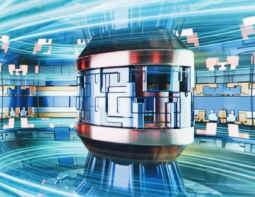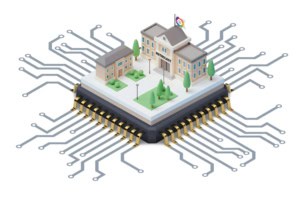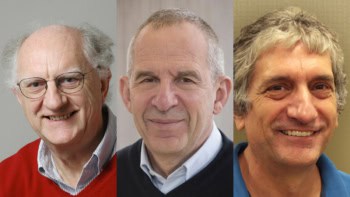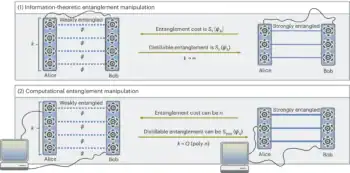
The second law of thermodynamics demands that if we want to make a clock more precise – thereby reducing the disorder, or entropy, in the system – we must add energy to it. Any increase in energy, however, necessarily increases the amount of waste heat the clock dissipates to its surroundings. Hence, the more precise the clock, the more the entropy of the universe increases – and the tighter the ultimate limits on the clock’s precision become.
This constraint might sound unavoidable – but is it? According to physicists at TU Wien in Austria, Chalmers University of Technology, Sweden, and the University of Malta, it is in fact possible to turn this seemingly inevitable consequence on its head for certain carefully designed quantum systems. The result: an exponential increase in clock accuracy without a corresponding increase in energy.
Solving a timekeeping conundrum
Accurate timekeeping is of great practical importance in areas ranging from navigation to communication and computation. Recent technological advancements have brought clocks to astonishing levels of precision. However, theorist Florian Meier of TU Wien notes that these gains have come at a cost.
“It turns out that the more precisely one wants to keep time, the more energy the clock requires to run to suppress thermal noise and other fluctuations that negatively affect the clock,” says Meier, who co-led the new study with his TU Wien colleague Marcus Huber and a Chalmers experimentalist, Simone Gasparinetti. “In many classical examples, the clock’s precision is linearly related to the energy the clock dissipates, meaning a clock twice as accurate would produce twice the (entropy) dissipation.”
Clock’s precision can grow exponentially faster than the entropy
The key to circumventing this constraint, Meier continues, lies in one of the knottiest aspects of quantum theory: the role of observation. For a clock to tell the time, he explains, its ticks must be continually observed. It is this observation process that causes the increase in entropy. Logically, therefore, making fewer observations ought to reduce the degree of increase – and that’s exactly what the team showed.
“In our new work, we found that with quantum systems, if designed in the right way, this dissipation can be circumvented, ultimately allowing exponentially higher clock precision with the same dissipation,” Meier says. “We developed a model that, instead of using a classical clock hand to show the time, makes use of a quantum particle coherently travelling around a ring structure without being observed. Only once it completes a full revolution around the ring is the particle measured, creating an observable ‘tick’ of the clock.”
The clock’s precision can thus be improved by letting the particle travel through a longer ring, Meier adds. “This would not create more entropy because the particle is still only measured once every cycle,” he tells Physics World. “The mathematics here is of course much more involved, but what emerges is that, in the quantum case, the clock’s precision can grow exponentially faster than the entropy. In the classical analogue, in contrast, this relationship is linear.”
“Within reach of our technology”
Although such a clock has not yet been realized in the laboratory, Gasparinetti says it could be made by arranging many superconducting quantum bits in a line.
“My group is an experimental group that studies superconducting circuits, and we have been working towards implementing autonomous quantum clocks in our platform,” he says. “We have expertise in all the building blocks that are needed to build the type of clock proposed in in this work: generating quasithermal fields in microwave waveguides and coupling them to superconducting qubits; detecting single microwave photons (the clock ‘ticks’); and building arrays of superconducting resonators that could be used to form the ‘ring’ that gives the proposed clock its exponential boost.”

Multi-qubit entangled states boost atomic clock and sensor performance
While Gasparinetti acknowledges that demonstrating this advantage experimentally will be a challenge, he isn’t daunted. “We believe it is within reach of our technology,” he says.
Solving a future problem
At present, dissipation is not the main limiting factor for when it comes to the performance of state-of-the-art clocks. As clock technology continues to advance, however, Meier says we are approaching a point where dissipation could become more significant. “A useful analogy here is in classical computing,” he explains. “For many years, heat dissipation was considered negligible, but in today’s data centres that process vast amounts of information, dissipation has become a major practical concern.
“In a similar way, we anticipate that for certain applications of high-precision clocks, dissipation will eventually impose limits,” he adds. “Our clock highlights some fundamental physical principles that can help minimize such dissipation when that time comes.”
The clock design is detailed in Nature Physics.



